DevTools Go-to-Market from 0 to 1
And how rockstar devtools companies such as Hasura built their early GTM engines
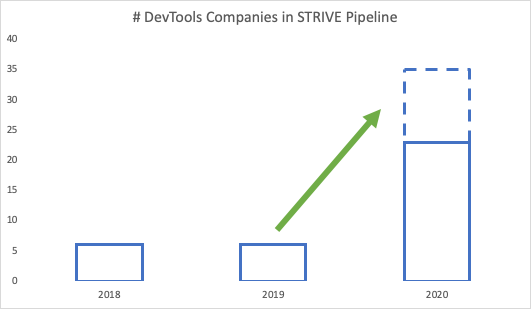
And how rockstar devtools companies such as Hasura built their early GTM engines
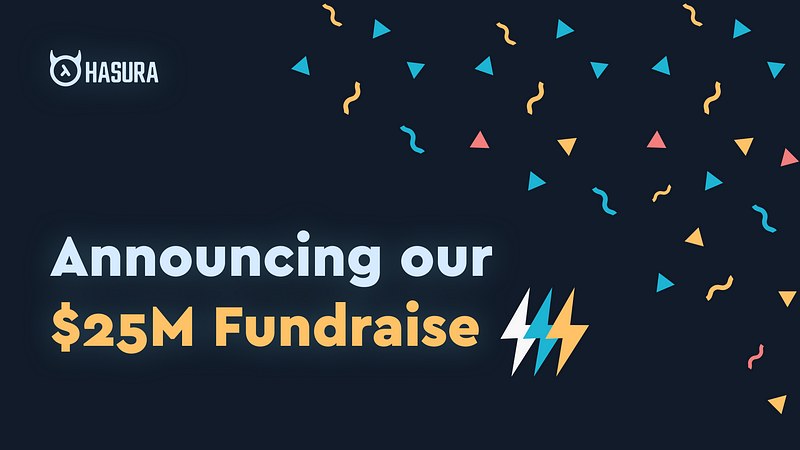
Yesterday, our portfolio company Hasura announced their $25M Series B round, led by Lightspeed US. It has been an eye opening ride for me personally, seeing first hand how large and scalable devtool companies can be built from any part of the world.
We are seeing a wave of new DevTool companies come up in Asia, mostly from India. This year our deal volume in the sector jumped to 4x already, and likely to end up at a significantly higher number. Bear in mind these are only the companies from Asia that we have evaluated for an investment. The likes of Postman, Hasura, Druva, and BrowserStack are already giving confidence to more developers in India to step out of their comfort zone and start building for other developers.
One thing though that has been plaguing me this year is the fact that most of the founders are quite nascent in their thinking and approach towards DevTools GTM. A developer is not a trained marketeer. Devs love building, but they usually find it challenging when the time comes to market their product. And hence I thought of writing this post, packed with insights I have picked up along the Hasura journey.
The three pillars of Dev Tools GTM
Dev tools marketing strategies are notorious to be truly bottoms-up. A developer customer tries to go beyond PR bullshit, and only adopts or buys when she sees real value. The following three pillars have evolved over time to be the default GTM for companies in this space. Post COVID these trends are accelerating even more.

1. Content
Typically dev infra companies start off with a content strategy. I might be stereotyping, but developers are usually shy and introvert. Heck I am one of them and have spent all my early career amongst these geeks. Naturally, it’s harder for devs to go seek out other devs to give them product feedback. Instead the easier initial marketing strategy employed is to build a product to solve a personal pain point, write some content around it, and voila, there are some users.
a) Blog/Tweetstorms
This content type is written on dev-specific channels. It can range from your Company Blog, Medium, Substack, HackerNews, Dev.to posts
Pro tip: Check out tools like BuzzSumo where you can search for content that is doing well in your space, either posted by your competitor or that incumbent you’re disrupting. It works great for generating new content ideas and pre-empting what the audience wants to read!
b) Q&A
Answering questions related to the topic you are building on Stackoverflow, Reddit, HackerNews, and other such channels helps make you a KOL in the space. Most devs already employ this strategy when starting up. Once you have scaled a bit, typically you’d use a team of DevRels to help do the same thing.
c) Events (Offline or Virtual)
This space is becoming very interesting. Typically devtool companies used to host, organise, sponsor dev events around the world. Founders would fly from conference to conference, taking up speaker engagements to spread the word.
Post COVID, all of this has gone digital. I am very confident that Dev events have switched to digital for good. Companies big or small are struggling to get their act together on this new format. As a small company, you can curate the right speakers and audience with minimal budget, and end up shocking some of the incumbents with the results you generate.
Pro tip: The newest kid on the block is a Twitchstream to walk your users through a live session of your product. Go into depths of your product, while getting feedback from your users live.

Check out HashiCorp’s Twitchstream where they run regular dev streams
2. KOLs
Another strategy that a lot of dev tools companies use is targeting KOLs/influencer devs in their space. By hook or by crook, you end up involving these “top devs” who enjoy almost demi-god symbolism in their dev circles.

Firebase went through this approach of targeting KOLs in its early days.
Twitter is obviously the best channel to target these KOLs. But involving them into a conversation is not easy. While ProductHunt is good for getting some initial users on your product, it doesn’t necessarily bring you very strong KOLs giving you their opinions on the product.
ProTip: HackerNews is a great first step if you don’t know where to begin. Use a Show HN tag and off you go. See Hasura’s original HackerNews post on building a BaaS (Hasura product before the pivot)

3. Community
Save the best for the last.
Last week I wrote about building a Community as your growth strategy. As I wrote in my previous post, Community is a great growth strategy if you can find a group of like-minded people willing to contribute back into a topic alongside benefiting from it.
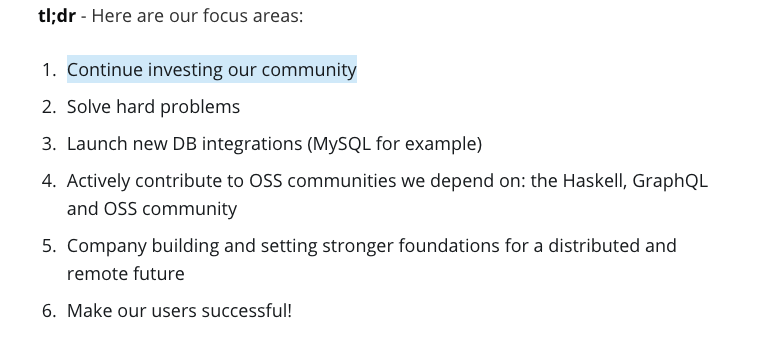
Hasura itself has taken a Community-led Growth strategy. “Continue investing in our community” is the #1 focus area for Tanmai, CEO of Hasura. It was a major reason for Lightspeed’s recent investment into the company as well.
Over years, building a community has naturally evolved as a must-do in the dev ecosystem, mostly thanks to Open-Source.
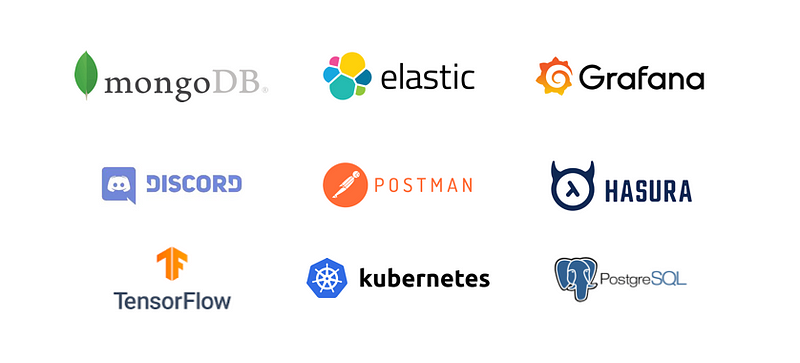
Elastic, MongoDB, Grafana, Discord, Postman, Hasura, TensorFlow, Kubernetes, PostgreSQL are just some of the examples that come to mind. There are hundreds more.

Hasura embarked on this community journey from Day 1. They started with open-sourcing their GraphQL engine, and eventually built a Discord community around it. Today they stand at 18k+ Github stars (for perspective, k8s is at 70k) and 7000+ Discord members.
But open-source is not a must have to build a Community around your product. Many successful companies have done this by treating their developer user-base as partners on their journey.

Unity, which recently filed an S1 for their IPO, is a platform for Game developers, with a strong community layer being built since 2016.
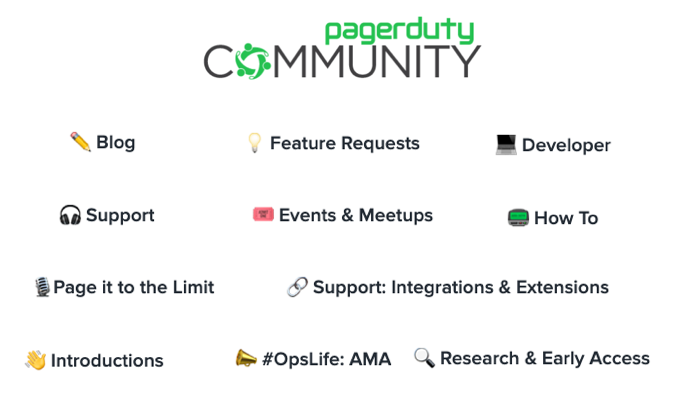
Pager Duty has been running a similar developer community since 2017. Starting from a blog and a forum, it later expanded to partner integrations, guides on DevOps, and frequent guest speakers. It’s not a coincidence that PagerDuty enjoys great developer love.
Do remember, all of the above strategies are tools in your arsenal to reach your audience faster and better. You can take any combination and order of these, best suited to your company and your own strengths and weaknesses.
